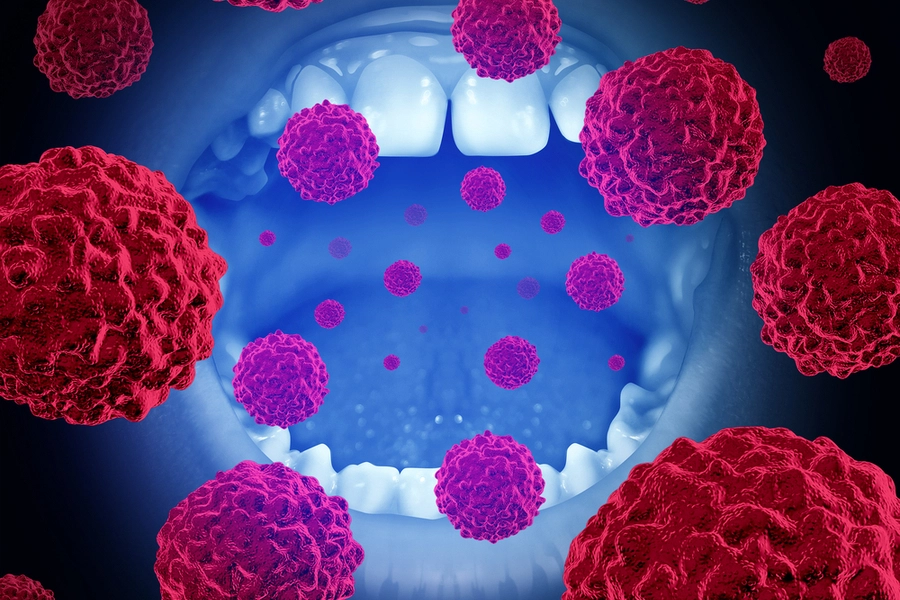How Tooth Decay Occurs in London

Dental caries is a multi-factorial disease requiring a susceptible host (a tooth), cariogenic microorganisms, and a suitable substrate (e.g., sugar) interacting for a sufficient length of time. Streptococcus mutans (Sm) is the primary etiologic agent of this disease. Sm is transmissible, and a positive relationship exists between the number of Sm and dental caries. Dental decay did not become an important health problem until sucrose (sugar) became a major component of the human diet. However, good oral hygiene can reduce the chance of caries by reducing the number of cariogenic bacteria and removing the substrate, sugar. Sm is the primary etiological agent of dental caries in man and other animals. Under normal circumstances of health, Sm procduces bacterial acids that cause a continuous minute demineralization of the hard tooth surfaces. In addition, the consumption of acidic foods and drinks, and even toothbrush abrasion can cause enamel demineralization53, 54. If this demineralization is limited, the body’s own remineralization capability is able to restore the tooth’s lost minerals by using minerals available in saliva12.
Dental decay (caries) is the result of irreversible solubilization (demineralization) of tooth mineral by acid, predominantly lactic acid, formed by plaque bacteria that adhere to teeth surfaces, after the consumption of foods that contain fermentable carbohydrates (sugar). Frequent sucrose ingestion increases the lengths of time that sucrose is available for fermentation and acid formation by plaque. Thus, eating frequency, the amount of sugar retained in the mouth (particularly on tooth surfaces), and the length of time that sugar is retained in critical areas, are more important than the total amount of sugars consumed12.
The chemical conversion of sugar into simpler substances causes a quick decrease in pH (5.0 or <) at the plaque-enamel junction. Frequently consuming sugar or sugar-based foods causes Sm to flourish and become the principal bacterial organism in plaque. A drop of pH to this level puts undue pressure on the buffers in the saliva and lactic acid (the end-product of Sm metabolism) spreads into the outer layer of the tooth (i.e., enamel) causing it to begin breaking down, and to discharge calcium and phosphate ions at areas below the top surface enamel. This low (acid) pH is derived from acid-producing bacterial organisms, and favors demineralization over a period of time, resulting in a cavity. The tooth enamel (which is made up predominantly of hydroxyapatite) is permanently dissolved from these acids, particularly lactic acid. These bacteria begin to adhere more strongly to the tooth surface and form bacterial colonies or communities called “plaque”. Sm and other bacteria, such as lactobacilli, store sugars and continue to secrete acid long after the food has been swallowed. Dental plaque will continue to build up on the tooth surface, unless it is adequately removed. These processes result in dental decay.


